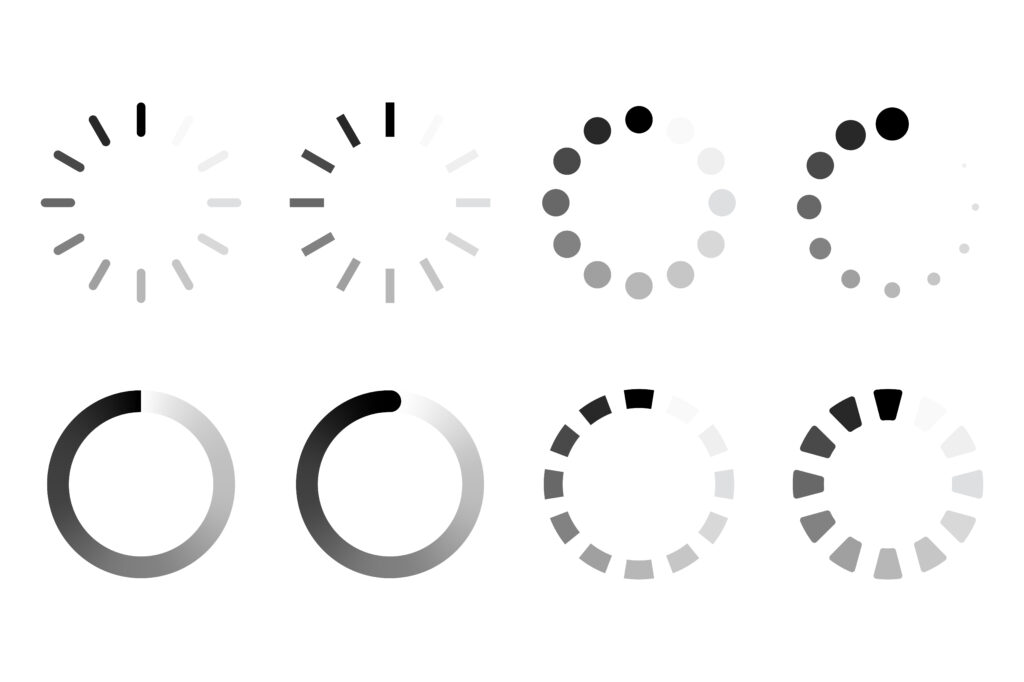How to Improve IPTV Streaming Quality – Top Tips and Tricks for a Seamless Experience
Learn how to improve your IPTV streaming quality with these expert tips and tricks. From optimizing your internet connection to selecting the right IPTV service and hardware, discover how to enhance your viewing experience for seamless, high-definition streaming.

Introduction
In the world of digital entertainment, IPTV (Internet Protocol Television) has revolutionized how we consume media. It offers on-demand content, live TV, and endless streaming possibilities. However, streaming quality can vary, leading to interruptions and frustrations like buffering, low resolution, or freezing. This guide will explore the most effective ways to improve IPTV streaming quality, ensuring a smooth and enjoyable experience.
1. Understand Your IPTV Service
Before diving into optimization, it’s important to understand the basics of how your IPTV service works. IPTV delivers content over the internet, so the quality of your connection, the hardware you use, and even your IPTV provider all play a role in streaming performance.
Choosing the Right IPTV Provider
Not all IPTV services are created equal. Some providers offer higher-quality servers and faster response times, which directly impacts the streaming experience. Make sure you choose a reputable service like ROOMTVS, which is known for delivering high-quality streams.
Internet Speed and Bandwidth
A stable internet connection is crucial for IPTV. You should aim for an internet speed of at least 25 Mbps for HD streaming and even more for 4K content. Check your internet plan and make sure you have enough bandwidth to support multiple devices streaming simultaneously.
2. Optimize Your Internet Connection
The most common cause of poor IPTV performance is an unstable or slow internet connection. Here’s how to ensure your internet is up to the task.
Use a Wired Connection
Wi-Fi is convenient, but it can be unreliable. Whenever possible, use a wired Ethernet connection to your IPTV device. Wired connections reduce interference and deliver more consistent speeds.
Improve Wi-Fi Signal Strength
If you must use Wi-Fi, ensure that your device is close to the router. You can also upgrade your router or use Wi-Fi extenders to boost the signal strength throughout your home.
Avoid Network Congestion
Streaming IPTV alongside other heavy internet activities, such as online gaming or downloading large files, can overload your connection. Consider limiting bandwidth-heavy activities when streaming IPTV or set up Quality of Service (QoS) on your router to prioritize streaming traffic.
3. Adjust IPTV Streaming Settings
Optimizing the settings within your IPTV app can have a significant impact on streaming quality.
Lower the Streaming Resolution
While 4K or Full HD streams provide the best quality, they also demand a lot of bandwidth. If you’re experiencing buffering, try lowering the resolution to 720p, which requires less bandwidth and is still high-quality.
Use Adaptive Bitrate Streaming
Many IPTV apps support adaptive bitrate streaming, which automatically adjusts the video quality based on your internet speed. Enable this feature to allow smoother playback during times of slow connection.
4. Upgrade Your IPTV Hardware
Your streaming quality isn’t just dependent on your internet and settings — the hardware you use also matters.
IPTV Boxes
Using an IPTV box designed for streaming can dramatically improve performance. Devices like Nvidia Shield or Amazon Fire Stick offer faster processing, better connectivity, and higher compatibility with IPTV services.
Smart TVs
If you’re using a Smart TV, ensure that your TV’s hardware and software are up-to-date. Some older Smart TVs struggle with modern IPTV apps, and upgrading to a newer model or using an external IPTV box may help.
Routers and Modems
Invest in a high-performance router that supports the latest Wi-Fi standards like Wi-Fi 6. Additionally, check that your modem can handle the speeds your ISP offers. A good router and modem can reduce latency and increase overall internet speed.
5. Use a VPN for IPTV
A Virtual Private Network (VPN) can improve IPTV performance by bypassing ISP throttling and protecting your privacy online.
Avoid ISP Throttling
Some ISPs limit the speed of IPTV streams. A VPN hides your online activity, making it harder for ISPs to detect IPTV traffic and throttle your connection.
Choose the Right VPN Server
When using a VPN, select a server that is geographically close to your IPTV provider’s servers. This will reduce latency and provide faster speeds. Popular VPN services like NordVPN or ExpressVPN are known for providing reliable and fast connections for IPTV.
6. Troubleshoot Common IPTV Issues
Even with all the optimizations, occasional issues can still arise. Here’s how to troubleshoot common problems.
Buffering
If you experience buffering, first check your internet speed. Restart your router and ensure no other devices are hogging bandwidth. You can also reduce the streaming resolution in your IPTV settings or try switching to a different server.
Freezing and Crashing
IPTV apps sometimes freeze or crash. Restart the app or device and ensure it’s updated to the latest version. Clearing the app cache or reinstalling the app can also fix this issue.
Channel Not Loading
If a specific channel is not loading, it might be due to server issues on the IPTV provider’s side. Try switching to a different channel or contact the provider for support. With ROOMTVS, you can expect high availability and responsive customer service to help resolve these problems quickly.
7. Keep Your IPTV App Updated
Regular updates to your IPTV app ensure compatibility with new streams, servers, and devices. Check for updates regularly and install them to benefit from performance improvements and bug fixes.
8. Invest in Premium IPTV Services
Free IPTV services might seem tempting, but they often suffer from poor quality, limited channels, and frequent buffering. Consider investing in a premium service like ROOMTVS that guarantees better streaming quality, more channels, and higher server uptime.
Free IPTV vs Paid IPTV (H3)
Paid IPTV services generally offer better performance, more features, and better customer support. Free services often lack stability, have a higher risk of legal issues, and are prone to shutting down unexpectedly.
9. Monitor IPTV Server Load
Some IPTV services experience server congestion during peak hours. Switching to a less congested server can improve streaming performance. Premium providers often offer multiple servers to distribute traffic evenly.
Switching Servers
If your IPTV provider allows server switching, try connecting to a server with a lower load. This can improve your stream’s performance, especially during high-traffic times like sports events.
Conclusion
Improving IPTV streaming quality involves optimizing various aspects like your internet connection, hardware, and IPTV settings. By implementing these tips and tricks, you can enjoy smooth, high-definition streaming without interruptions. Choosing a reliable provider like ROOMTVS, upgrading your hardware, and using a VPN can make all the difference in creating a seamless IPTV experience.


